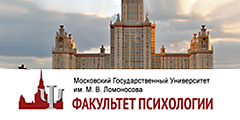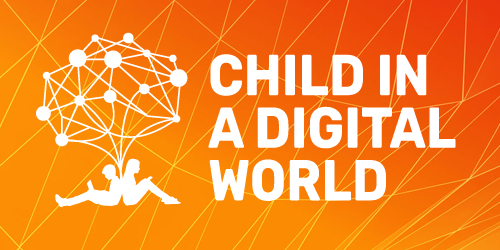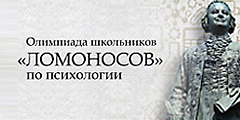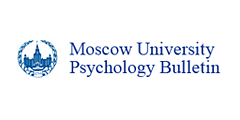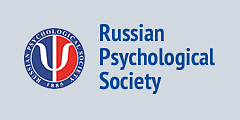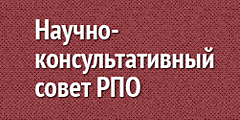Psychology in Russia: State of the Art, Moscow: Russian Psychological Society, Lomonosov Moscow State University, 2018, 1, 163 p.
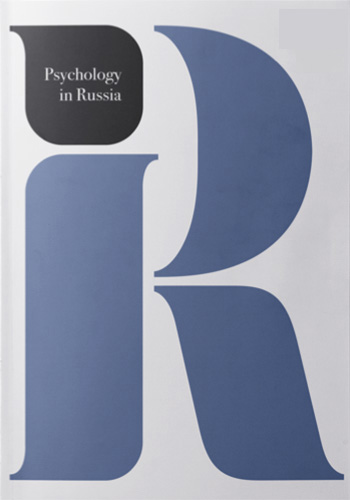
2018
Volume 11 (01)
Volume 11 (01)
Cognitive science
-
Psychophysiological indicators of the human functional state in the process of socio-psychological testing ethnic and religious attitudes
-
The study of ethnic attitudes during interactions with avatars in virtual environments
-
Psychophysiological traits of men with several genotypes in polymorphic locus Val158Met COMT and different levels of aggressiveness
Educational psychology
-
A study of first-year students’ adaptation difficulties as the basis to promotetheir personal development in university education
-
The influence of student ethnicity on teacher expectations and teacher perceptions of warmth and competence



